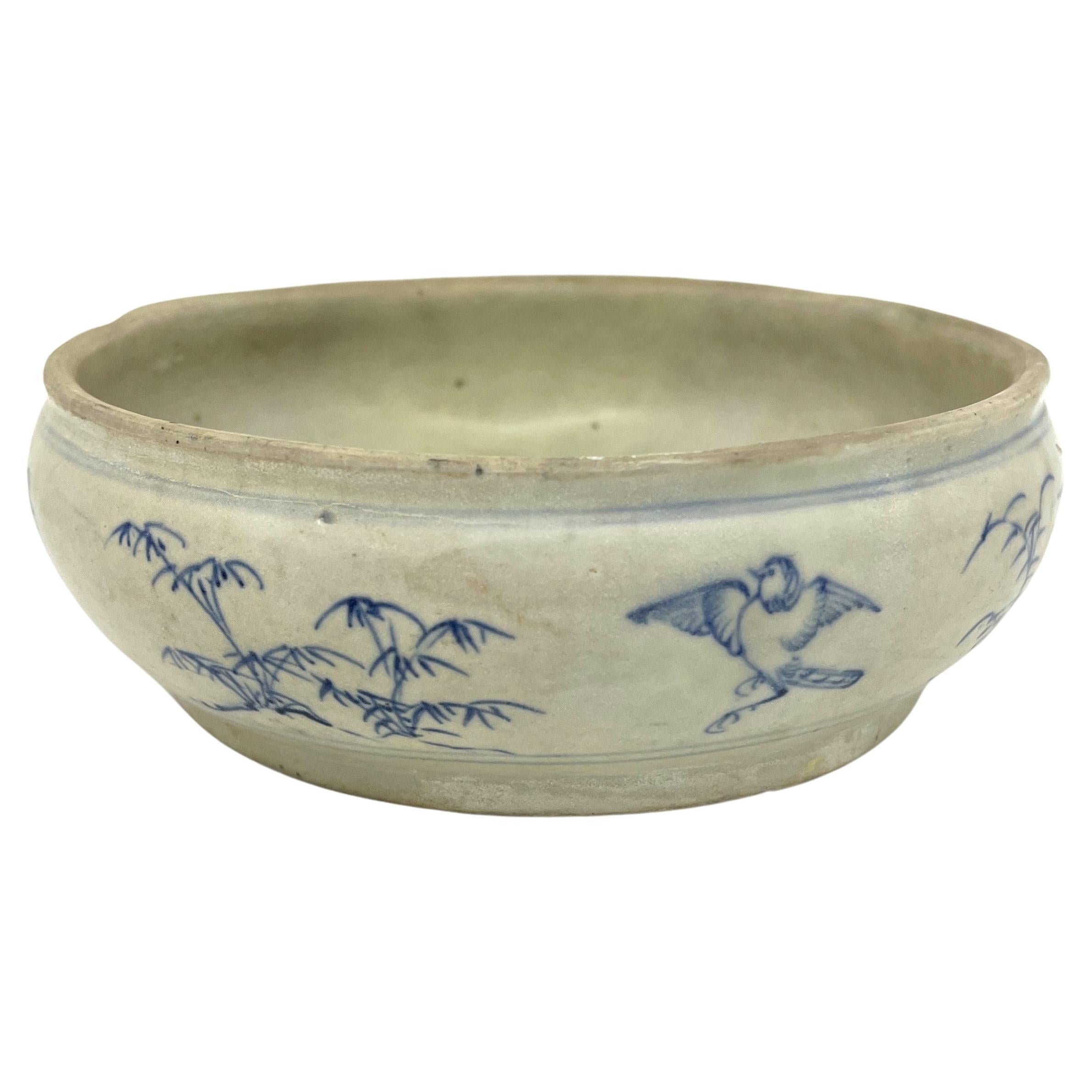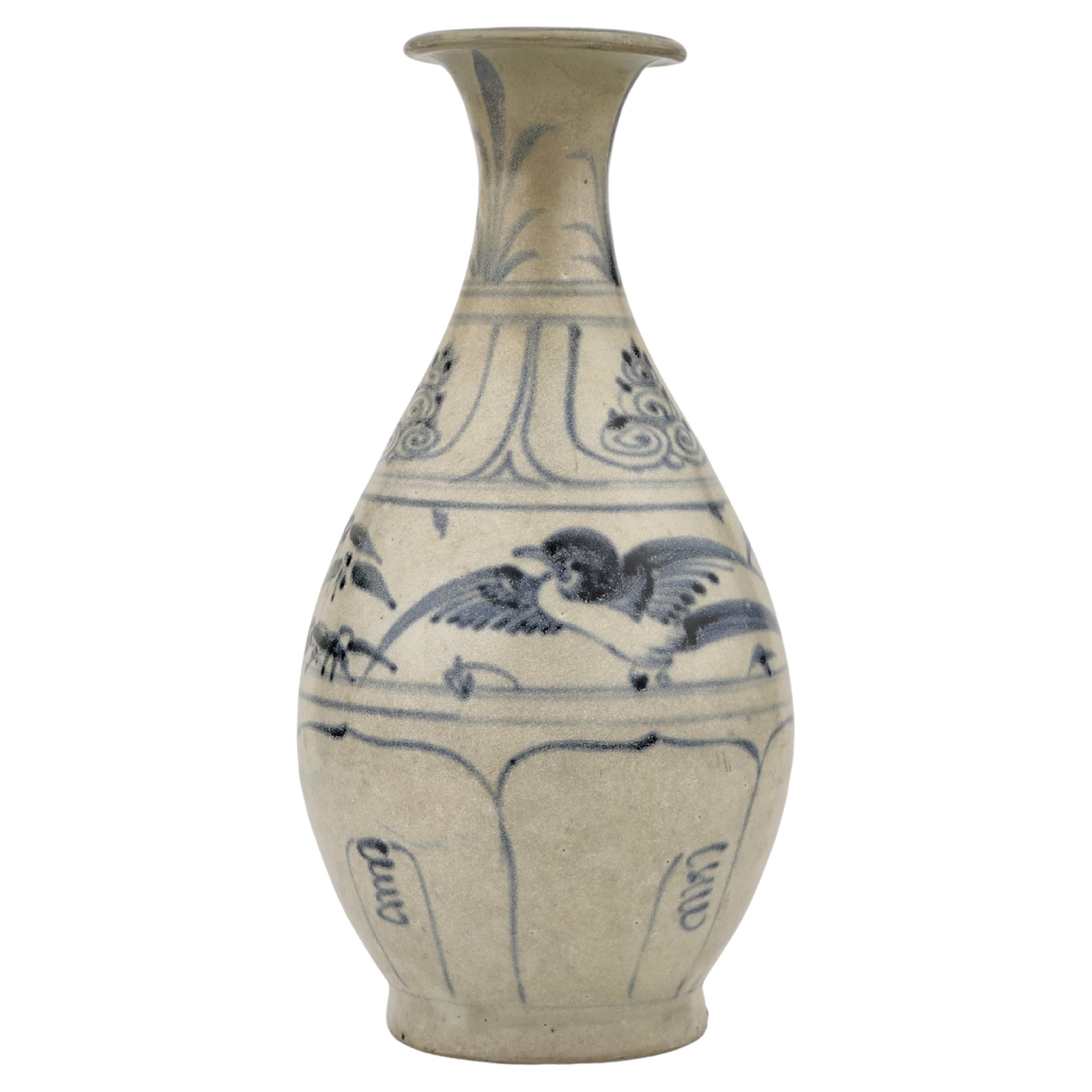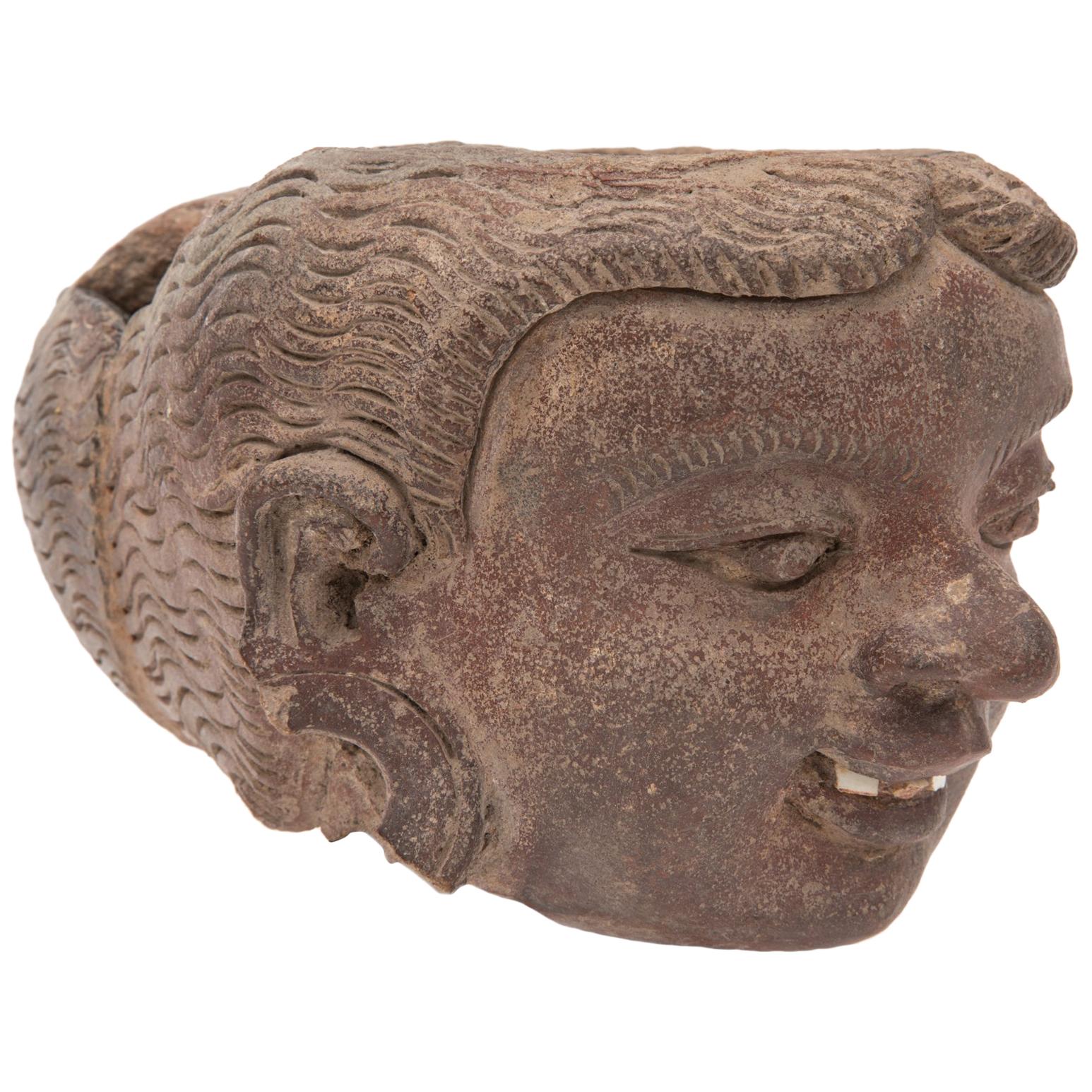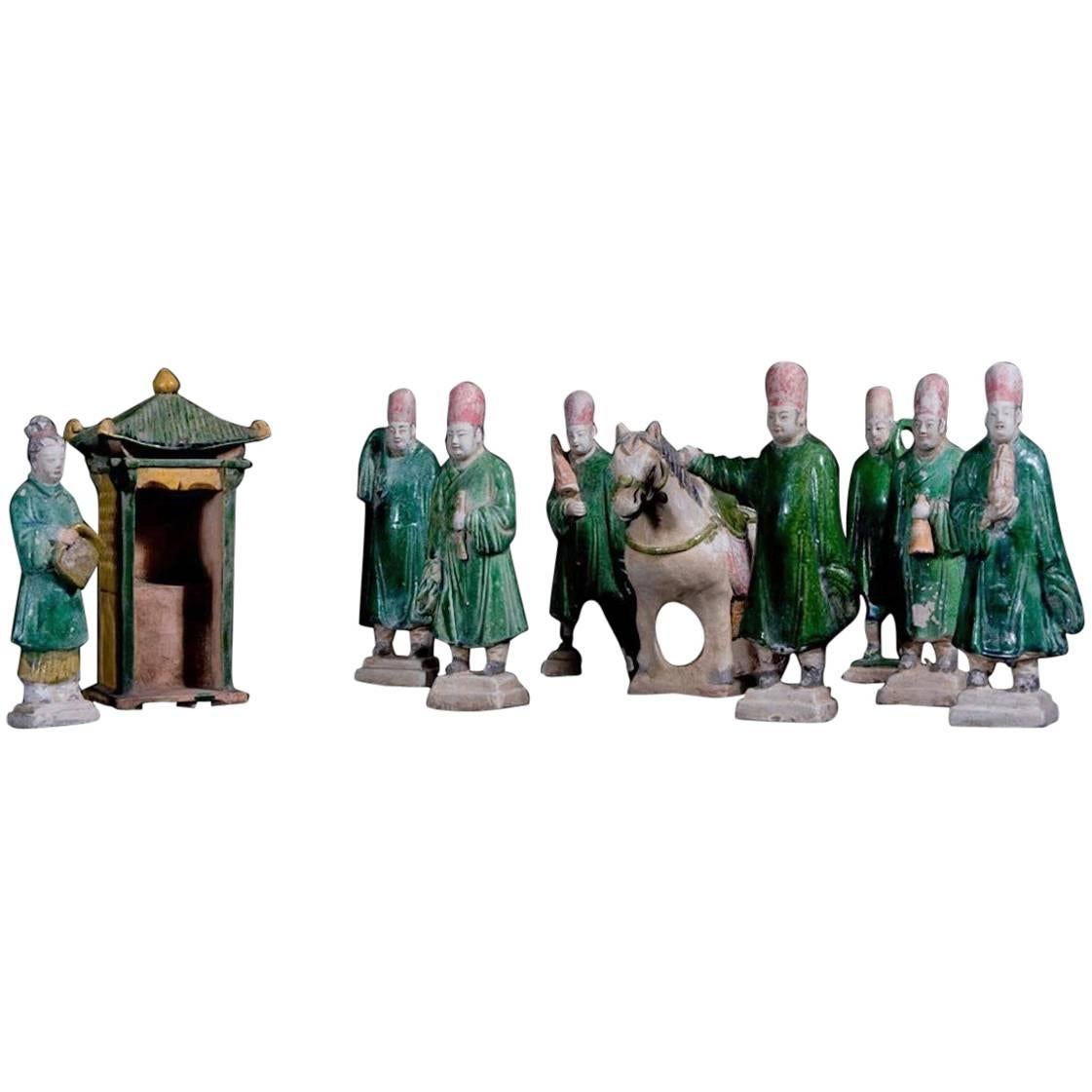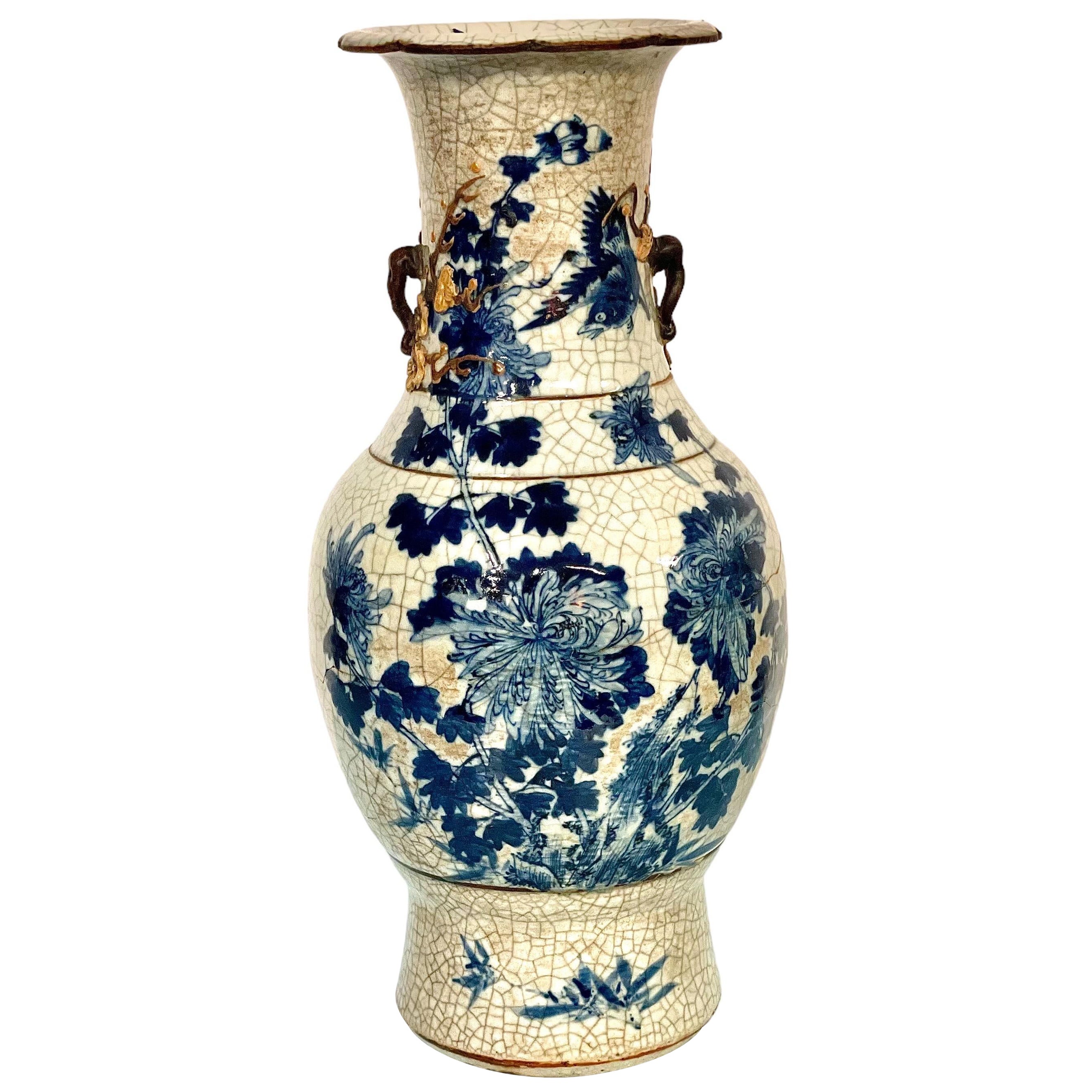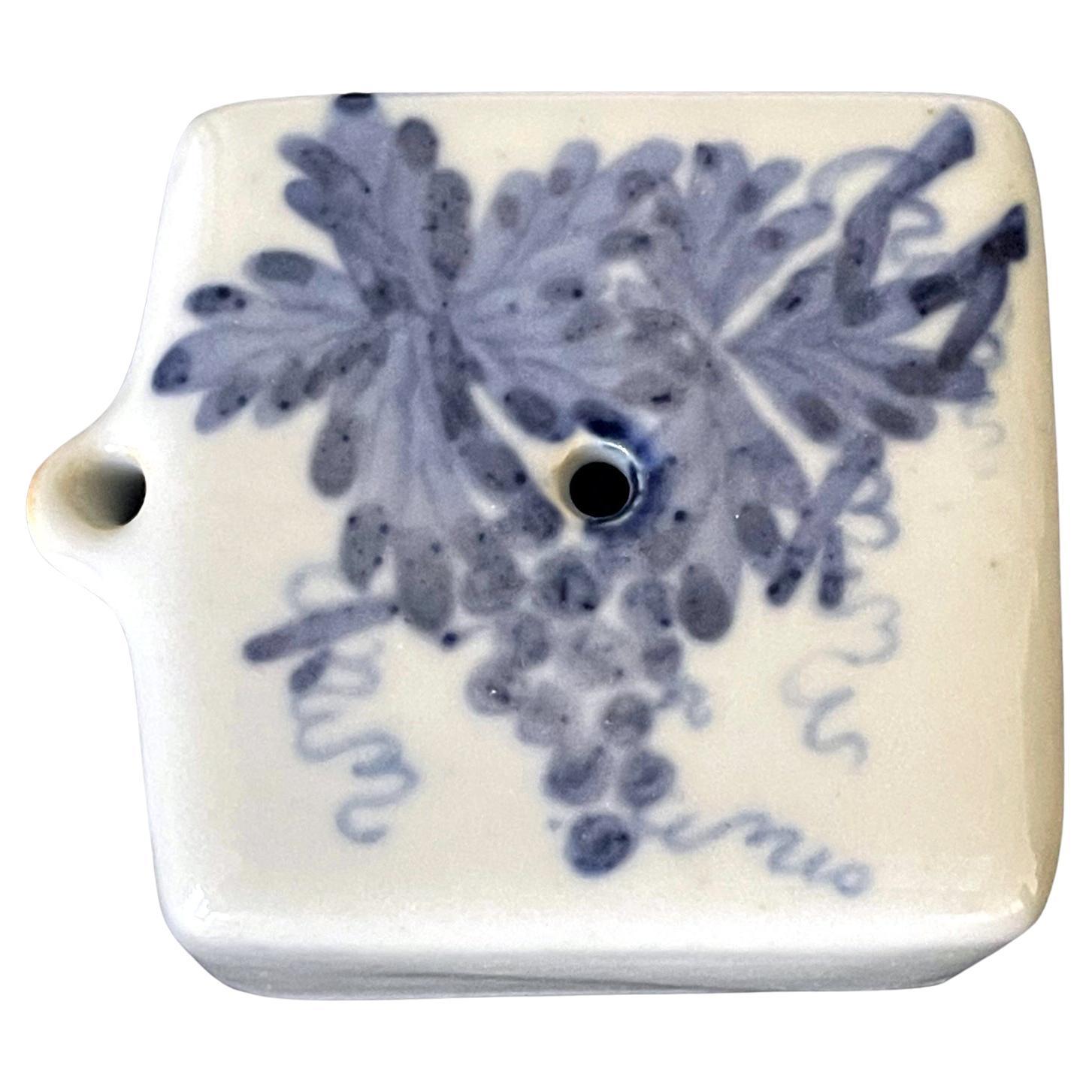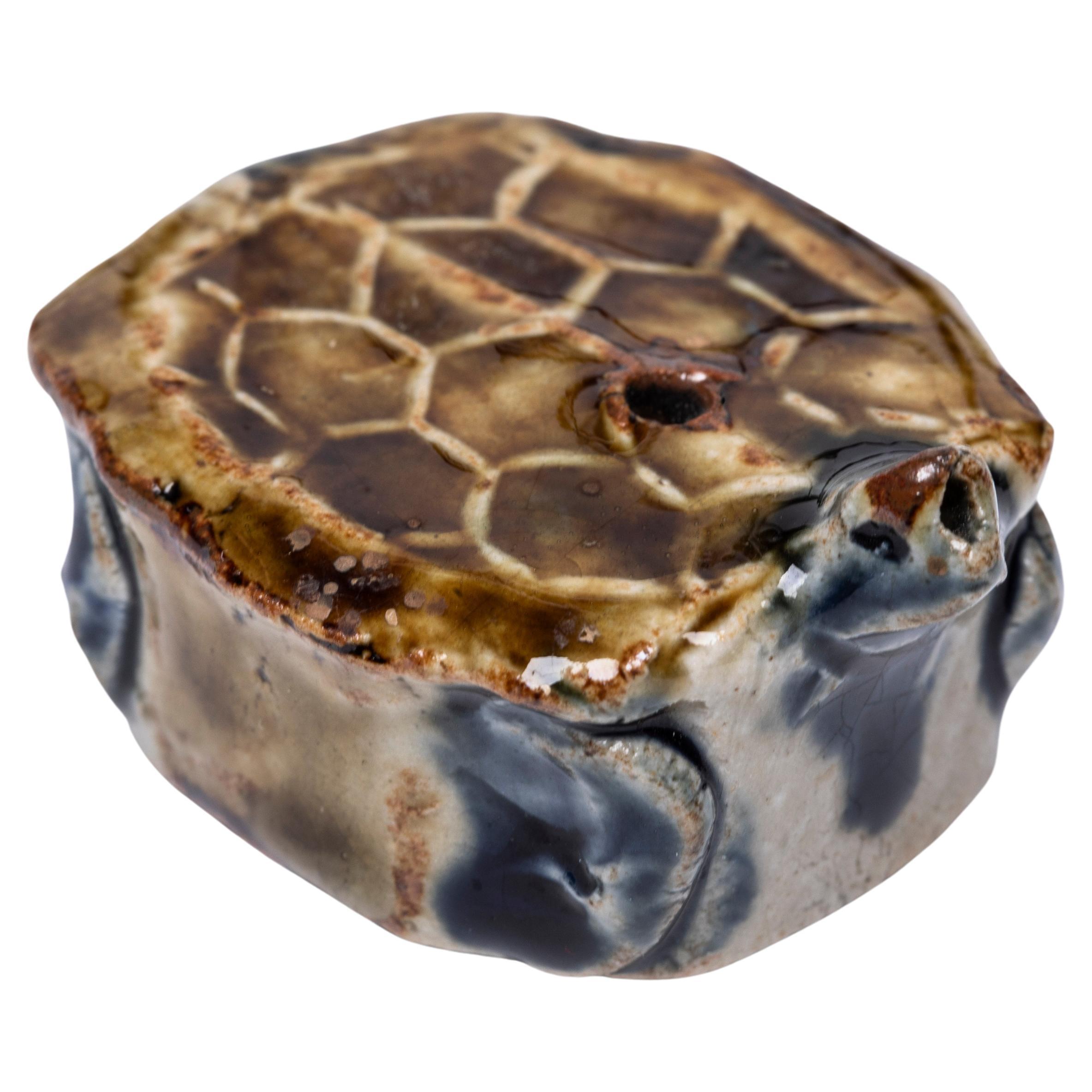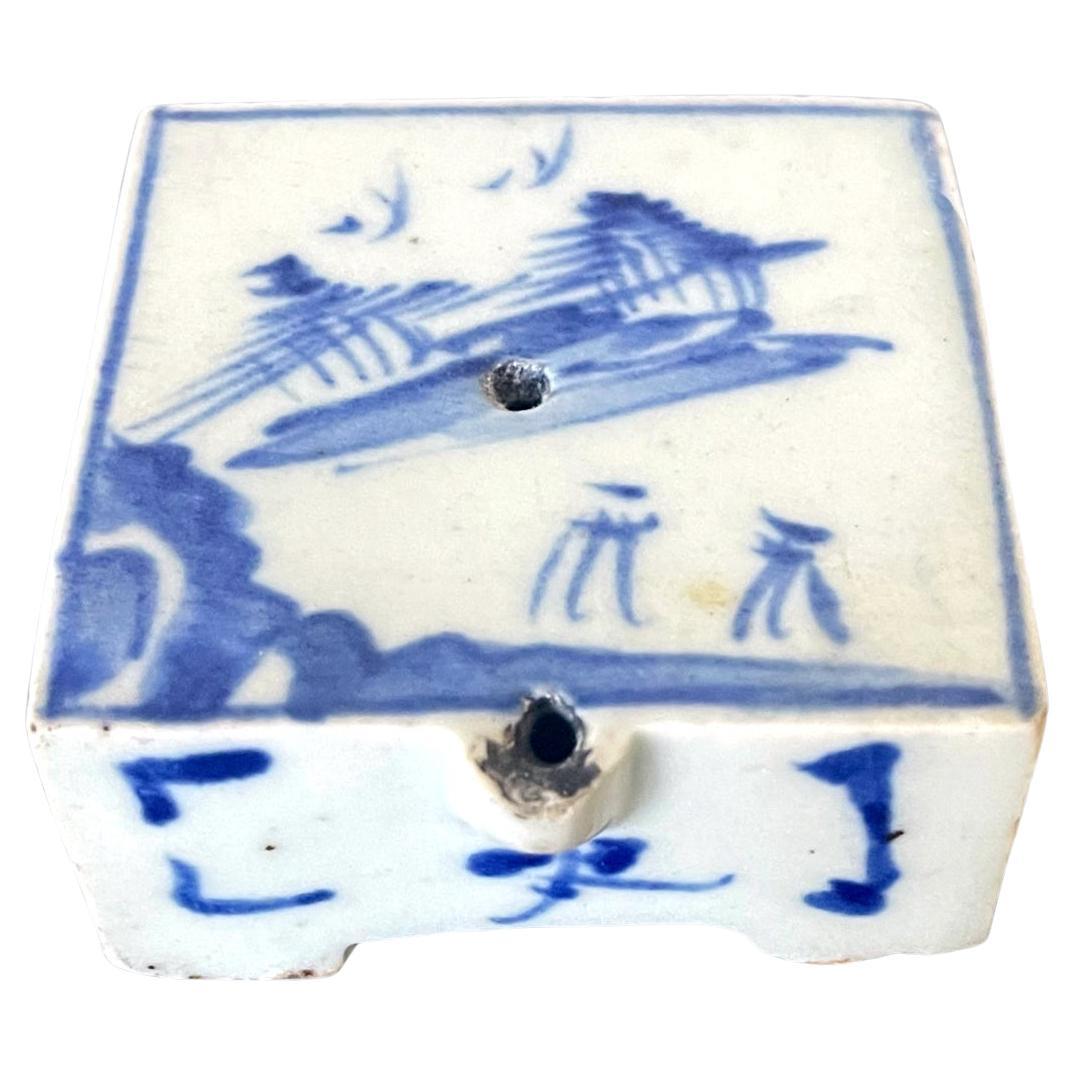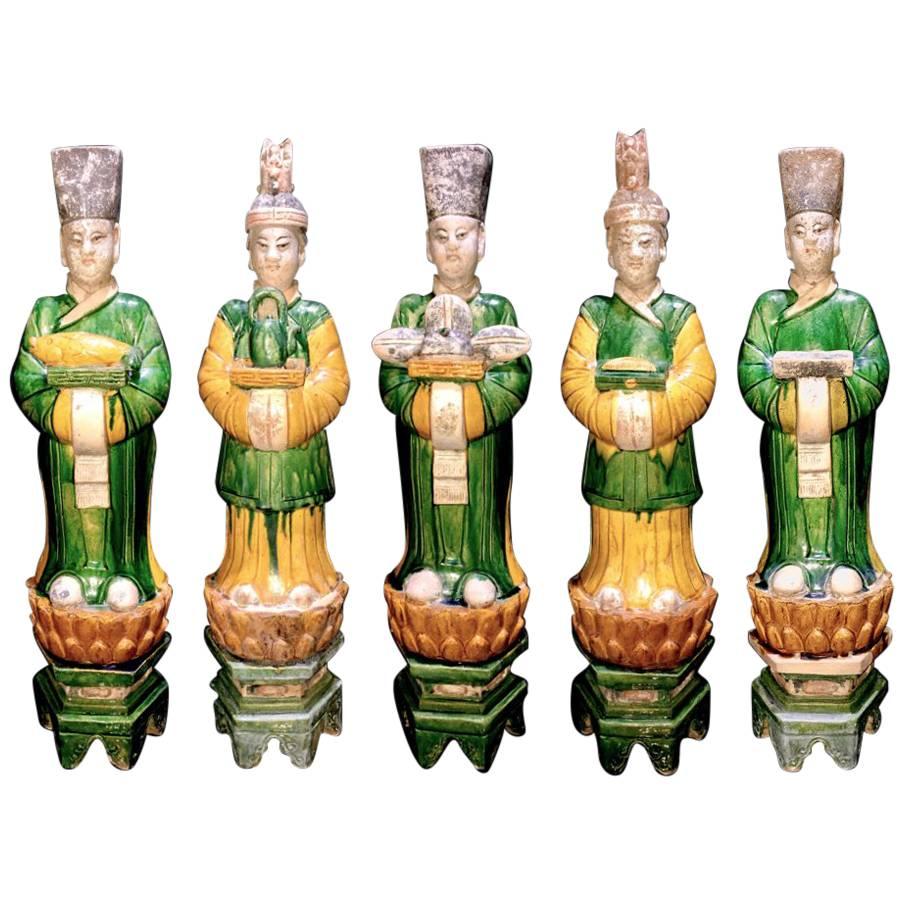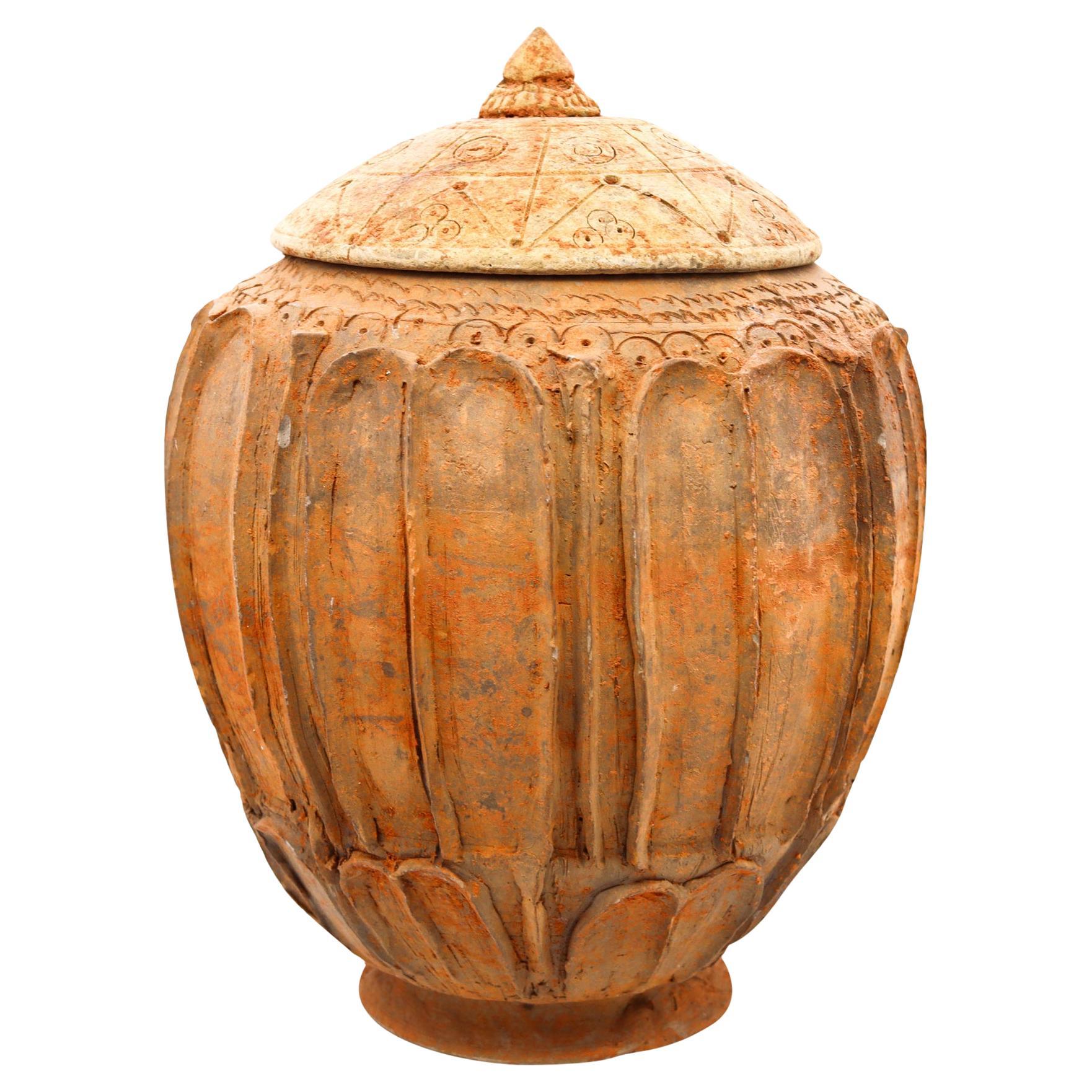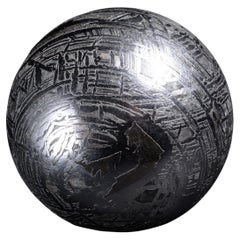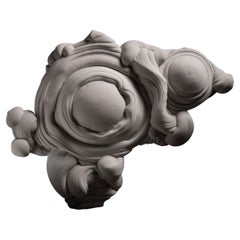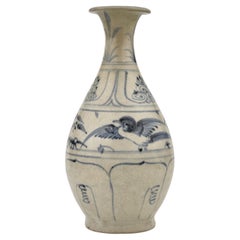
Medieval Shipwreck Hoi An Hoard Blue / White Puffer Fish Water Dropper, 1450 AD
View Similar Items
Want more images or videos?
Request additional images or videos from the seller
1 of 8
Medieval Shipwreck Hoi An Hoard Blue / White Puffer Fish Water Dropper, 1450 AD
About the Item
- Dimensions:Depth: 3 in (7.62 cm)
- Place of Origin:
- Period:
- Date of Manufacture:1450 AD
- Condition:
- Seller Location:London, GB
- Reference Number:1stDibs: LU105221408932
About the Seller
5.0
Recognized Seller
These prestigious sellers are industry leaders and represent the highest echelon for item quality and design.
Established in 2008
1stDibs seller since 2014
100 sales on 1stDibs
Typical response time: 8 hours
Associations
LAPADA - The Association of Arts & Antiques DealersInternational Confederation of Art and Antique Dealers' AssociationsThe British Antique Dealers' Association
More From This SellerView All
- Cross-Section from an Exceptional Lunar MeteoriteLocated in London, GBA piece of the moon - superb lunar meteorite gadamis 004 - Anorthosite 4.5 Billion y/o Among the rarest substances to be found on Earth, thi...Category
Antique 15th Century and Earlier Libyan Natural Specimens
MaterialsStone
- Extraterrestrial Iron Meteorite SphereLocated in London, GBAletai Meteorite Sphere Iron - IIIE circa 4.5 Billion years old A perfect metallic sphere, extracted from the core of the famous Aletai Meteorite, di...Category
Antique 15th Century and Earlier Chinese Natural Specimens
MaterialsOther
- Natural Gogotte FormationLocated in London, GB'Louis XIV' Gogotte Formation Measures: circa 30 Million y/o 105 x 76 x 15 cm A magnificent example of a gogotte formation, nicknamed Louis XIV, composed of thick swirls and folds of sparkling sandstone. Discovered in the Oligocene sand dunes of Fontainebleau, France, formed circa 30 million years before present or later. The incredible, almost otherworldly appearance of gogottes may easily be mistaken for the work of a most talented artist. In fact, these sandstone sculptures are entirely natural in origin. They have been found in multiple locations but those from Fontainebleau, such as the present example, are the most remarkable. Thirty-five million years ago, a sea covered what is now the forest of Fontainebleau, and dunes of exceptionally fine and homogenous sand formed. As silica-rich water filtered through this sand, it turned into stone. The flow of water finely modelled the sandstone into the forms we now know as gogottes. These are rare and are only found sporadically, several metres buried underground. They owe their sparkling white appearance to the extreme and unmatched purity of the Fontainebleau sand, sometimes reaching a composition of 99.9% silica. Each of them is unique – a masterpiece slowly fashioned by the hands of Nature. The name “gogotte” was coined by French geologist Claude Guillemin (1923- 1994), inspired by the children’s book series Babar the Elephant...Category
Antique 15th Century and Earlier French Natural Specimens
MaterialsSandstone
- Ancient Egyptian Monumental Temple SphinxesLocated in London, GBA pair of monumental limestone sphinxes of Pharaoh Nectanebo I, from the processional avenue of the Serapeum of Memphis, 30th Dynasty, circa 379 - 360 BC. The sphinxes of the Serapeum have captivated travellers since Roman times. However, despite their significance, they are conspicuously absent from the collections of most major museums. Indeed, their existence in private hands is so improbable, and their imitations so numerous, that the present sphinxes were assumed to be modern copies throughout their recent ownership history. Finally recognised and conserved after an extraordinary chance discovery at a garden furniture sale...Category
Antique 15th Century and Earlier Egyptian Egyptian Figurative Sculptures
MaterialsLimestone
- Ancient Hellenistic Glass Finger RingLocated in London, GBThis beautifully preserved ring was cast from light green transparent glass. Its large size and shape are typical of Hellenistic finger rings, and its now ...Category
Antique 15th Century and Earlier Classical Greek Glass
MaterialsGlass
- Petrified Incense Cedar Wood FossilLocated in London, GBThis spectacular cross section of petrified cedar wood comes from Saddle Mountain, Washington. It is remarkably large with a wonderful and highly aesthetic shape, exhibiting vibrant ...Category
Antique 15th Century and Earlier Natural Specimens
MaterialsPetrified Wood
You May Also Like
- 15th Century, Hoi an, Vietnamese Blue and White Ceramic Fish Ink HolderLocated in Sampantawong, THHoi An Vietnamese blue and white ink holder in the form of fish. Hoi An Vietnamese ceramic wares made in 14th-15th century. The Hoi An ceramics were excavat...Category
Antique 15th Century and Earlier Vietnamese Antiquities
MaterialsCeramic
$600 Sale Price20% Off - An Annamese stoneware with cobalt blue, Hoi An Hoard, Late 15th centuryLocated in seoul, KRLively birds flit across the body of this pear-shaped vase. The cobalt blue of the underpainting remains dark, even though the clear glaze of the surface has worn away after centuries under the sea. There was remarkable variation in the condition of the ceramic...Category
Antique 15th Century and Earlier Vietnamese Ming Antiquities
MaterialsStoneware
- Annamese stoneware pot, Hoi An Hoard, late 15th century.Located in seoul, KRThis ceramic piece beautifully captures the scene of a sparrow perched on a small branchs, depicted with a minimalist touch. The artist skillfully conveys the sense of intimacy as the sparrow approaches the slender twig. The simplicity of the design is evident in the clean lines and subtle details, allowing the viewer to focus on the essence of the moment. Dates : 15th century Le Dynasty Region : North Annam Type : Stoneware Pot Found/Acquired : Southeast Asia , South China Sea, Hoi An Hoard Reference : Butterfield Treasures Hoi An Hoard Auction Catalogs / San Francisco Butterfields 2000 * Vietnamese trade ceramics Around the mid-14th century, Vietnam developed its ceramics production technology by producing blue and white porcelain, and began to export it overseas. During this period, China Ming Dynasty implemented a policy of lifting the ban from 1371 to 1657 and restricted foreign trade. This served as a good opportunity in the trade history of Vietnamese ceramics, and ceramic exports...Category
Antique 15th Century and Earlier Vietnamese Ming Antiquities
MaterialsStoneware
- Artefact, Majapahit Terracotta Expressive Head, Java, 1300 ADLocated in Antwerp, BEA figurative construction ceramic probably a water collector simply modeled, this head is very expressive and the details can clearly be seen. The Trowulan archaeological site, approximately 100 square kilometres, located in the Mojokerto Regency is believed to contain the remains of what was once the capital city of the Majapahit Empire, featured by 14th century poet Mpu Prapanca in his poem Nagarakretagama. The city was razed during a fight between Girindrawardhana and Kertabhumi in 1478. The Trowulan site is the only archaeological site dating to the Hindu-Buddha classical age to be found in Indonesia. Archaeological remnants and artefacts of the old city in the Trowulan Site were found buried underground as well as on the surface and are still being found today.rtefact:Majapahit terracotta...Category
Antique 15th Century and Earlier Javanese Folk Art Ceramics
MaterialsCeramic
$4,604 Sale Price22% Off - Japanese Octopus Water Dropper, c. 1830sLocated in Brisbane, QLDA Japanese Hirado ware water dropper used in calligraphy dating to the Edo Period (1603-1868). The whimsical, molded design features an array of sea creatures and shells on the base ...Category
Antique Early 19th Century Japanese Edo Ceramics
MaterialsCeramic
- Impressive Terracotta Funerary Procession - Ming Dynasty, China '1368-1644 AD'Located in San Pedro Garza Garcia, Nuevo LeonImpressive Funeral Ensamble of 10 Terracotta Glazed Figures in green and caramel colors depicting a votive procession with a palanquin, his four carriers, a horse, a stableman, two musicians, and an offering carrier. This ensemble is accompanied by a Certificate of Authenticity, and Certificate of Expertise by Jean-Yves Nathan - Specialist in Asian Arts for the CEDEA (The European Confederation of Art Experts). Burial figurines of graceful dancers, mystical beasts, and everyday objects reveal both how people in early China approached death and how they lived. Since people viewed the afterlife as an extension of worldly life, these figurines, called mingqi, sometimes referred as “spirit utensils” or “vessels of ghosts” disclose details of routine existence and provide insights into belief systems over a thousand-year period. The Ming dynasty was the ruling dynasty of China – then known as the Empire of the Great Ming – for 276 years (1368–1644 AD). Founded by Chu Yuan-chang, the rebel leader that was successful in removing the mongols from the throne. Chinese control was re-asserted in China and eastern Asia. Literature became more important, schools were created, and the justice system was reformed. The Ming dynasty is described by some as "one of the greatest eras of orderly government and social stability in human history,” was the last imperial dynasty in China ruled by ethnic Han Chinese. The practice of burying ceramic objects with the deceased went into decline from the 10th to the 14th Century AD. There was a revival in placing miniature representations of glazed terracotta objects such a furniture, food offerings, horses, miniature statues...Category
Antique 15th Century and Earlier Chinese Ming Antiquities
MaterialsTerracotta
Recently Viewed
View AllMore Ways To Browse
Early Ming Blue And White
Antique Vise
Antique Vietnamese
Vietnamese Antique
Antique Vietnamese Furniture
Vietnamese Antique Furniture
Chinese Ceramic Fish
15th Century Chinese Porcelain
Shipwreck China
Medieval Treasure
Ceramic Dragon To Paint
Vietnam Ceramic
White Puffer
Shipwreck Ceramics
South Vietnam
Vietnamese Antique Asian Antiques
Medieval Dragon
Vietnamese Blue And White
